Home>Furniture & Design>Outdoor Furniture>How To Create An Outdoor Classroom
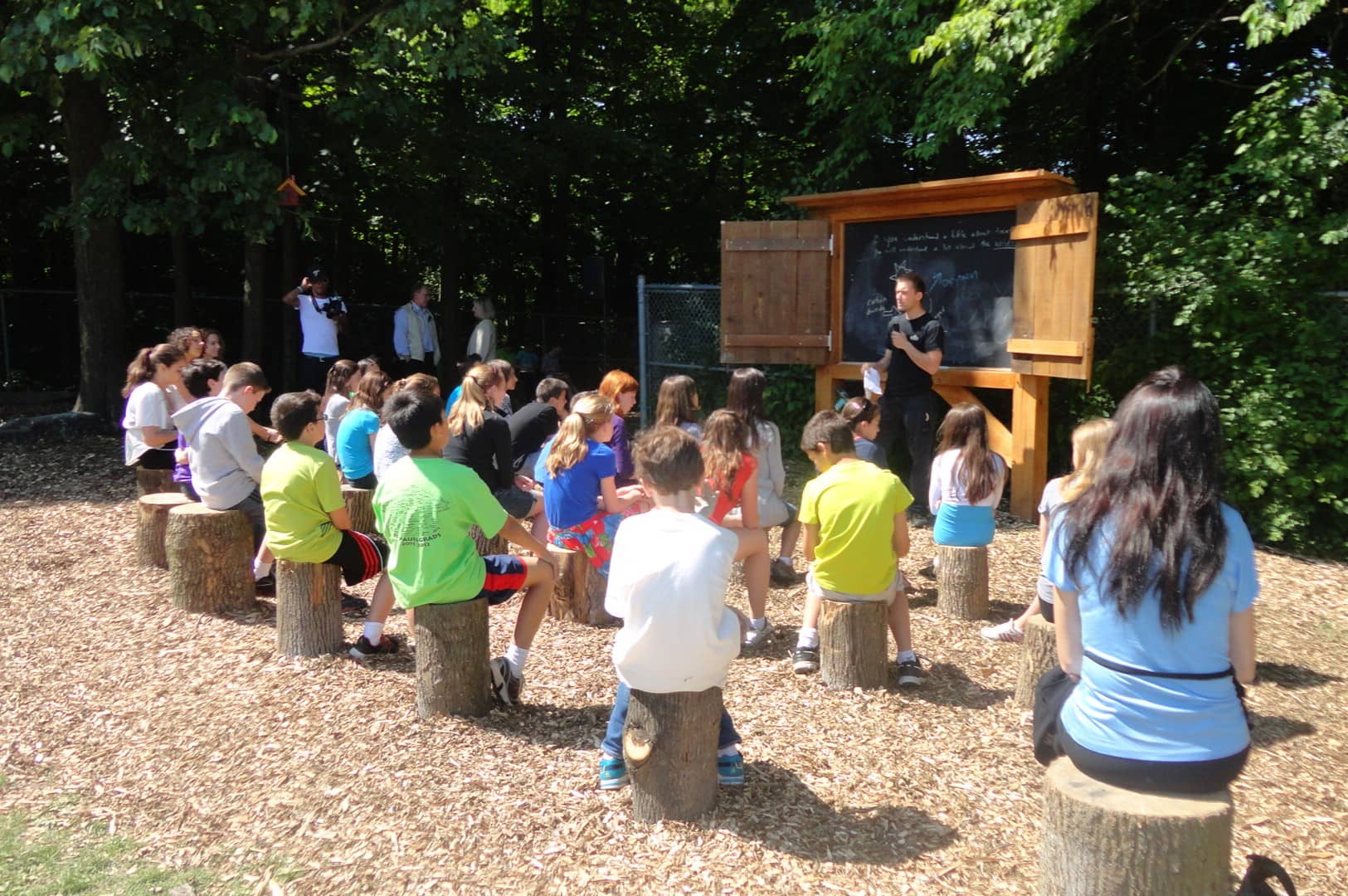

Outdoor Furniture
How To Create An Outdoor Classroom
Modified: August 28, 2024
Learn how to design and furnish an outdoor classroom with the latest outdoor furniture and design ideas. Create an inspiring and functional learning environment.
(Many of the links in this article redirect to a specific reviewed product. Your purchase of these products through affiliate links helps to generate commission for Storables.com, at no extra cost. Learn more)
Introduction
Creating an outdoor classroom is a visionary approach to education that seamlessly combines the benefits of nature with the academic curriculum. This innovative concept has gained significant traction in recent years, as educators and parents recognize the immense value of taking learning beyond the traditional confines of indoor spaces. An outdoor classroom presents a dynamic environment where students can engage with their surroundings, fostering a deeper connection with nature while enhancing their overall learning experience.
In this comprehensive guide, we will delve into the myriad advantages of outdoor classrooms and provide invaluable insights into designing, furnishing, and maximizing the potential of these unique learning environments. From selecting the perfect location to integrating nature and wildlife, we will explore every facet of creating an enriching outdoor classroom. Whether you are an educator, school administrator, or parent passionate about enhancing the educational journey of young learners, this guide will equip you with the knowledge and inspiration to bring the concept of an outdoor classroom to life.
Join us on this enlightening journey as we uncover the transformative power of outdoor education and discover how to create an inviting and effective outdoor classroom that nurtures curiosity, creativity, and a profound appreciation for the natural world.
Key Takeaways:
- Outdoor classrooms offer hands-on learning, promote well-being, and foster a deep connection with nature, enhancing students’ overall educational experience and nurturing their holistic development.
- Designing outdoor classrooms involves careful planning, safety considerations, and integrating nature and wildlife, creating vibrant and functional spaces that inspire curiosity, creativity, and a lifelong love for learning.
Read more: How To Store Chromebooks In A Classroom
Benefits of Outdoor Classrooms
Embracing the concept of outdoor classrooms offers a multitude of benefits that extend far beyond the confines of traditional indoor learning environments. By immersing students in the natural world, outdoor classrooms provide a wealth of advantages that enrich their educational experience and holistic development.
1. Enhanced Learning Opportunities: Outdoor classrooms offer a dynamic setting that stimulates curiosity and encourages hands-on learning. Students have the opportunity to engage with nature, conduct experiments, and explore scientific concepts in a real-world context, fostering a deeper understanding of various subjects.
2. Physical and Mental Well-being: Spending time in nature has been proven to enhance overall well-being. Outdoor classrooms provide students with the opportunity to breathe in fresh air, soak up natural sunlight, and engage in physical activities, promoting physical fitness and mental rejuvenation.
3. Connection with Nature: By learning in an outdoor setting, students develop a profound connection with the natural world. This fosters a sense of environmental stewardship, instilling a deep appreciation for nature and a desire to protect and preserve the environment.
4. Cognitive Development: Outdoor classrooms stimulate cognitive development by providing a diverse and ever-changing learning environment. The sensory experiences offered by nature, such as the sights, sounds, and textures of the outdoors, can enhance cognitive abilities and stimulate creativity.
5. Emotional and Social Growth: Interacting in an outdoor classroom setting promotes teamwork, communication, and social skills. Students learn to collaborate, problem-solve, and develop empathy while engaging in outdoor activities, fostering emotional and social growth.
6. Holistic Development: Outdoor classrooms cater to the holistic development of students, nurturing their physical, emotional, social, and cognitive well-being. The diverse experiences offered in an outdoor setting contribute to a well-rounded educational journey.
These compelling benefits underscore the immense value of outdoor classrooms in enriching the educational experience and fostering a deep appreciation for the natural world. As we delve further into this guide, we will explore the essential steps to plan and design an outdoor classroom that maximizes these transformative advantages.
Planning and Designing Your Outdoor Classroom
Creating an outdoor classroom involves thoughtful planning and strategic design to ensure that the space effectively caters to the educational needs of students while seamlessly integrating with the natural surroundings. By following a systematic approach, educators and administrators can transform outdoor spaces into vibrant learning environments that inspire curiosity and exploration.
1. Define the Educational Objectives: Begin by outlining the specific educational goals and learning outcomes that the outdoor classroom aims to achieve. Consider how the outdoor space can complement and enhance the existing curriculum, providing unique opportunities for hands-on learning and interdisciplinary exploration.
2. Assess the Outdoor Space: Conduct a thorough assessment of the outdoor area to identify its unique features, such as natural elements, topography, and existing flora and fauna. Understanding the characteristics of the space will inform the design process and help in creating a harmonious integration of the outdoor classroom with its surroundings.
3. Engage Stakeholders: Collaboration with teachers, students, parents, and community members is crucial in the planning phase. Seek input from stakeholders to understand their perspectives, needs, and ideas for the outdoor classroom, fostering a sense of ownership and investment in the project.
4. Design Learning Zones: Divide the outdoor space into distinct learning zones that cater to various educational activities. Consider areas for scientific exploration, reading and reflection, artistic expression, and physical activities, ensuring that each zone is thoughtfully designed to support specific learning objectives.
5. Incorporate Sustainable Practices: Embrace sustainability by integrating eco-friendly features into the outdoor classroom design. Utilize recycled materials, implement water conservation measures, and incorporate native plants to create a sustainable and environmentally conscious learning environment.
6. Foster Inclusivity and Accessibility: Ensure that the outdoor classroom is accessible to all students, including those with diverse abilities. Design pathways, seating areas, and activity stations with inclusivity in mind, allowing every student to fully participate in outdoor learning experiences.
By meticulously planning and designing the outdoor classroom, educators can create an inspiring and functional space that aligns with the educational objectives, embraces sustainability, and fosters inclusivity. The next crucial step in this transformative journey is selecting the right location for the outdoor classroom, which we will explore in the following section.
Choosing the Right Location
One of the foundational elements in creating an outdoor classroom is selecting the ideal location that harmoniously blends with the educational objectives and natural surroundings. The location serves as the canvas upon which the outdoor classroom will come to life, offering diverse opportunities for learning and exploration.
Evaluate Proximity to Nature: Look for a location that provides ample access to natural elements such as trees, plants, and open spaces. Proximity to natural features allows students to engage with the environment and observe the wonders of nature firsthand, enriching their learning experiences.
Consider Sunlight and Shade: Assess the sun exposure and shade patterns in the outdoor space throughout the day. A balance of sunlight and shaded areas is essential to ensure the comfort of students and educators, providing opportunities for outdoor activities while offering relief from direct sunlight when needed.
Assess Noise and Distractions: Evaluate the surrounding environment for potential sources of noise and distractions. Choose a location that minimizes external disruptions, allowing students to focus on learning and exploration without undue disturbances.
Accessibility and Safety: Prioritize accessibility and safety when selecting the location for the outdoor classroom. Ensure that the space is easily accessible to all students and meets safety standards, including considerations for terrain, pathways, and proximity to potential hazards.
Engage with the Community: Seek input from the local community and relevant stakeholders when identifying potential locations for the outdoor classroom. Community engagement fosters a sense of shared ownership and collaboration, aligning the outdoor classroom with the needs and aspirations of the broader community.
Environmental Impact: Consider the environmental impact of establishing an outdoor classroom in a specific location. Strive to minimize disruption to the natural ecosystem and explore opportunities to enhance biodiversity and ecological sustainability within the outdoor space.
By carefully considering these factors, educators and administrators can identify a location that serves as an optimal setting for the outdoor classroom, aligning with the educational objectives while seamlessly integrating with the natural environment. The next step in the process involves creating distinct learning zones within the outdoor classroom, each tailored to facilitate specific educational activities and experiences.
Creating Learning Zones
Dividing the outdoor classroom into distinct learning zones is a strategic approach that allows educators to cater to diverse educational activities while maximizing the potential of the outdoor space. Each learning zone is carefully designed to facilitate specific types of learning experiences, fostering a dynamic and multifaceted educational environment.
Science and Exploration Zone: This zone is dedicated to scientific inquiry and hands-on exploration. It may feature areas for planting and gardening, observation stations for studying local flora and fauna, and interactive exhibits that encourage experimentation and discovery.
Reading and Reflection Area: Creating a tranquil space for reading, reflection, and storytelling fosters a love for literature and encourages contemplative activities. This zone can include comfortable seating, shaded reading nooks, and natural elements that inspire creativity and imaginative thinking.
Artistic Expression Corner: Providing opportunities for artistic expression in the outdoor classroom nurtures creativity and self-expression. This zone may include art easels, outdoor musical instruments, and spaces for outdoor art projects, allowing students to engage in visual and auditory forms of artistic exploration.
Physical Activity and Play Space: Incorporating areas for physical activity and play is essential for promoting health and well-being. This zone can feature playground equipment, open spaces for group games, and fitness stations that encourage movement and active play.
Outdoor Classroom Theater: Creating a designated space for outdoor performances and presentations encourages public speaking skills and dramatic expression. This zone may include a stage area, seating for an audience, and natural acoustics that enhance the theatrical experience.
Ecological and Sustainability Zone: Emphasizing environmental stewardship and sustainability, this zone provides opportunities for learning about ecological systems, recycling practices, and conservation efforts. It may include composting areas, recycling stations, and educational displays on environmental sustainability.
By delineating these distinct learning zones within the outdoor classroom, educators can create a multifaceted learning environment that caters to a wide range of educational activities and experiences. The next step in the process involves selecting outdoor furniture and equipment that complements and enhances each learning zone, providing students with the tools and resources they need to engage in meaningful outdoor learning experiences.
When creating an outdoor classroom, consider the natural elements like sunlight, shade, and wind direction to ensure a comfortable and functional learning environment.
Read more: How To Organize A Classroom Library
Selecting Outdoor Furniture and Equipment
Choosing the right outdoor furniture and equipment is pivotal in creating a functional and inviting outdoor classroom that supports a diverse range of educational activities. The selection of furniture and equipment should align with the specific needs of each learning zone while withstanding the rigors of outdoor use and seamlessly integrating with the natural surroundings.
Seating and Tables: Select durable and weather-resistant seating options such as benches, log stools, or stone seating that provide comfortable and versatile seating arrangements. In reading and reflection areas, consider incorporating picnic tables, tree stump seating, or outdoor rugs to create inviting spaces for collaborative learning and contemplative activities.
Exploration and Experimentation Tools: Equip the science and exploration zone with tools and equipment for hands-on learning, such as magnifying glasses, binoculars, gardening supplies, and nature journals. These resources encourage students to engage in scientific inquiry and immersive exploration of the natural environment.
Art Supplies and Outdoor Instruments: Foster creativity and artistic expression by providing outdoor art supplies, such as easels, canvases, paintbrushes, and non-toxic outdoor paints. Additionally, consider incorporating outdoor musical instruments, such as chimes, drums, or xylophones, to enhance the auditory experience in the artistic expression corner.
Playground Equipment and Fitness Stations: In the physical activity and play space, select age-appropriate playground equipment, climbing structures, and swings that promote active play and motor skill development. Additionally, consider integrating fitness stations, balance beams, or yoga mats to encourage physical fitness and movement-based activities.
Outdoor Classroom Display Boards: Install outdoor display boards or easels in strategic locations to showcase student work, educational materials, and information related to ecological sustainability. These display areas serve as platforms for sharing knowledge and celebrating student achievements within the outdoor classroom.
Shade Structures and Outdoor Storage: Provide shade structures, such as pergolas, umbrellas, or natural shade canopies, to offer relief from direct sunlight and create comfortable outdoor learning environments. Additionally, consider incorporating outdoor storage solutions for educational materials, art supplies, and equipment to maintain an organized and functional outdoor classroom.
By thoughtfully selecting outdoor furniture and equipment that aligns with the unique requirements of each learning zone, educators can create an enriching outdoor classroom that empowers students to engage in diverse educational activities while fostering a deep connection with nature. The next crucial consideration in the design of an outdoor classroom involves prioritizing safety and implementing measures to ensure a secure and nurturing learning environment.
Safety Considerations
Ensuring the safety of students is paramount when designing an outdoor classroom, and implementing comprehensive safety measures is essential to create a secure and nurturing learning environment. By prioritizing safety considerations, educators and administrators can instill confidence in students, parents, and the broader community while fostering a culture of well-being within the outdoor classroom.
Supervision and Emergency Protocols: Establish clear guidelines for adult supervision within the outdoor classroom, ensuring that trained staff members are present to oversee student activities and respond to emergencies. Develop and communicate emergency protocols, including procedures for evacuation, first aid response, and communication with emergency services.
Safe Outdoor Equipment and Structures: Regularly inspect and maintain outdoor furniture, playground equipment, and structures to ensure that they meet safety standards and are free from hazards. Conduct routine checks for sharp edges, loose components, and potential tripping hazards to mitigate the risk of accidents and injuries.
Weather Preparedness: Stay informed about weather forecasts and implement protocols for inclement weather conditions. Establish designated shelter areas and procedures for safely transitioning activities indoors in the event of adverse weather, ensuring that students are protected from extreme heat, cold, rain, or storms.
Environmental Hazards and Wildlife Awareness: Educate students about potential environmental hazards, such as poisonous plants, stinging insects, or wildlife encounters, and provide guidance on how to safely interact with the natural surroundings. Encourage awareness of local wildlife and ecosystems while promoting respectful coexistence with the diverse flora and fauna present in the outdoor environment.
Accessibility and Inclusive Design: Ensure that the outdoor classroom is designed to be accessible to all students, including those with diverse abilities. Implement inclusive design practices, such as providing wheelchair-accessible pathways, sensory-friendly features, and accommodations for students with mobility challenges, to ensure that every student can participate in outdoor learning activities.
Health and Hygiene Practices: Promote health and hygiene practices within the outdoor classroom, including access to handwashing stations, proper waste disposal facilities, and guidelines for maintaining cleanliness in outdoor learning environments. Emphasize the importance of personal hygiene and sanitation to uphold a healthy and hygienic outdoor classroom environment.
By proactively addressing safety considerations and implementing robust safety measures, educators can create an outdoor classroom that prioritizes the well-being of students while fostering a culture of responsibility and care. The integration of safety protocols and practices lays the foundation for a secure and nurturing outdoor learning environment, empowering students to engage in educational experiences with confidence and peace of mind.
Incorporating Nature and Wildlife
Embracing the presence of nature and wildlife within the outdoor classroom enriches the learning experience, fostering a deep appreciation for the natural world and creating opportunities for immersive ecological exploration. By incorporating nature and wildlife into the outdoor classroom, educators can inspire curiosity, environmental stewardship, and a profound connection with the diverse ecosystems that surround the learning environment.
Native Plant Gardens: Create native plant gardens within the outdoor classroom, showcasing local flora that reflects the natural biodiversity of the region. These gardens provide opportunities for botanical study, ecological observation, and hands-on engagement with indigenous plant species, fostering an understanding of local ecosystems.
Bird Feeders and Wildlife Habitats: Install bird feeders, nesting boxes, and wildlife habitats to attract local bird species and small mammals to the outdoor classroom. Observing and studying wildlife behavior encourages ecological awareness and provides insights into the interconnectedness of living organisms within the environment.
Ecological Study Areas: Designate areas within the outdoor classroom for ecological study and observation, incorporating features such as microhabitats, insect hotels, and small-scale ecosystems that allow students to explore the intricate relationships between plants, animals, and the environment.
Nature-Inspired Art Installations: Integrate nature-inspired art installations, such as sculptures, mosaics, or land art, that celebrate the beauty of the natural world and serve as focal points for artistic expression and environmental appreciation within the outdoor classroom.
Outdoor Sensory Stations: Create sensory stations that engage students through tactile, olfactory, and auditory experiences, utilizing natural materials such as textured bark, aromatic herbs, and wind chimes to stimulate sensory exploration and connection with the outdoor environment.
Environmental Education Signage: Install educational signage that highlights the ecological significance of the outdoor classroom, providing information about local flora, fauna, and environmental conservation efforts. These informative displays serve as learning resources and promote environmental literacy among students and visitors.
By incorporating nature and wildlife into the outdoor classroom, educators cultivate an immersive and holistic learning environment that encourages students to engage with the natural world, fostering a sense of wonder, curiosity, and environmental responsibility. The presence of nature and wildlife within the outdoor classroom serves as a catalyst for meaningful ecological exploration and inspires a lifelong connection with the diverse ecosystems that surround us.
Engaging Students in Outdoor Learning
Engaging students in outdoor learning involves creating dynamic experiences that captivate their curiosity, foster exploration, and ignite a passion for discovery within the natural environment. By implementing innovative teaching strategies and immersive activities, educators can unlock the full potential of the outdoor classroom, providing students with transformative educational experiences that transcend traditional indoor learning settings.
Hands-On Experiments and Field Studies: Encourage scientific inquiry by conducting hands-on experiments and field studies in the outdoor classroom. From exploring local ecosystems to studying weather patterns, outdoor learning provides a rich context for scientific exploration and empirical observation.
Nature Journaling and Documentation: Integrate nature journaling and documentation into outdoor learning activities, allowing students to record their observations, sketches, and reflections on the natural world. Nature journaling fosters a deeper connection with nature and encourages artistic expression and scientific documentation.
Storytelling and Creative Writing: Utilize the outdoor classroom as a backdrop for storytelling and creative writing activities. Encourage students to draw inspiration from the natural surroundings, weaving narratives that celebrate the beauty of the environment and the wonders of the outdoors.
Outdoor Math and Geometry Explorations: Integrate math and geometry explorations into outdoor activities, using natural elements such as stones, plants, and landscapes to illustrate mathematical concepts. Engaging in outdoor math challenges and geometric investigations fosters a multidisciplinary approach to learning.
Environmental Art and Sculpture Workshops: Organize art and sculpture workshops that leverage natural materials found in the outdoor environment. From creating land art installations to sculpting with clay and natural pigments, these activities inspire creativity and environmental consciousness.
Ecological Scavenger Hunts and Nature Trails: Design ecological scavenger hunts and nature trails that prompt students to explore and discover the diverse elements of the outdoor environment. These interactive activities promote teamwork, critical thinking, and ecological awareness while fostering a sense of adventure and discovery.
By engaging students in outdoor learning through a diverse array of activities and experiences, educators can cultivate a deep appreciation for the natural world, stimulate curiosity, and instill a passion for lifelong learning. The outdoor classroom serves as a boundless canvas for immersive educational experiences, empowering students to connect with nature, explore their creativity, and develop a profound understanding of the world around them.
Read more: How To Store Classroom Headphones
Conclusion
The journey of creating an outdoor classroom is a transformative endeavor that transcends traditional educational boundaries, opening doors to immersive learning experiences, ecological exploration, and a profound connection with nature. By embracing the concept of outdoor education, educators and administrators have the opportunity to inspire a generation of students, fostering a deep appreciation for the natural world and nurturing holistic development through innovative and dynamic learning environments.
Throughout this guide, we have explored the myriad benefits of outdoor classrooms, from enhanced learning opportunities and physical well-being to cognitive development and emotional growth. The advantages of outdoor education extend far beyond academic enrichment, encompassing the nurturing of environmental stewardship, creativity, and social cohesion among students.
The planning and design of an outdoor classroom involve meticulous consideration of educational objectives, safety measures, and the seamless integration of nature and wildlife. By carefully selecting the right location, creating distinct learning zones, and choosing appropriate outdoor furniture and equipment, educators can curate a vibrant and functional outdoor classroom that caters to diverse educational activities while fostering a deep connection with the natural environment.
By prioritizing safety considerations, implementing comprehensive environmental and wildlife integration, and engaging students in immersive outdoor learning experiences, educators can create an educational environment that inspires curiosity, creativity, and a lifelong love for learning. The outdoor classroom serves as a dynamic platform for scientific exploration, artistic expression, and interdisciplinary learning, empowering students to engage with the world around them in meaningful and transformative ways.
As we embark on this journey of outdoor education, let us embrace the boundless potential of the outdoor classroom to nurture the next generation of environmental stewards, critical thinkers, and lifelong learners. By creating inviting and effective outdoor classrooms, we are not only shaping the educational landscape but also sowing the seeds for a future where students are deeply connected to the natural world and equipped with the knowledge and passion to become responsible global citizens.
Join us in embracing the transformative power of outdoor education and creating outdoor classrooms that inspire, educate, and nurture the boundless potential of every student.
Frequently Asked Questions about How To Create An Outdoor Classroom
Was this page helpful?
At Storables.com, we guarantee accurate and reliable information. Our content, validated by Expert Board Contributors, is crafted following stringent Editorial Policies. We're committed to providing you with well-researched, expert-backed insights for all your informational needs.
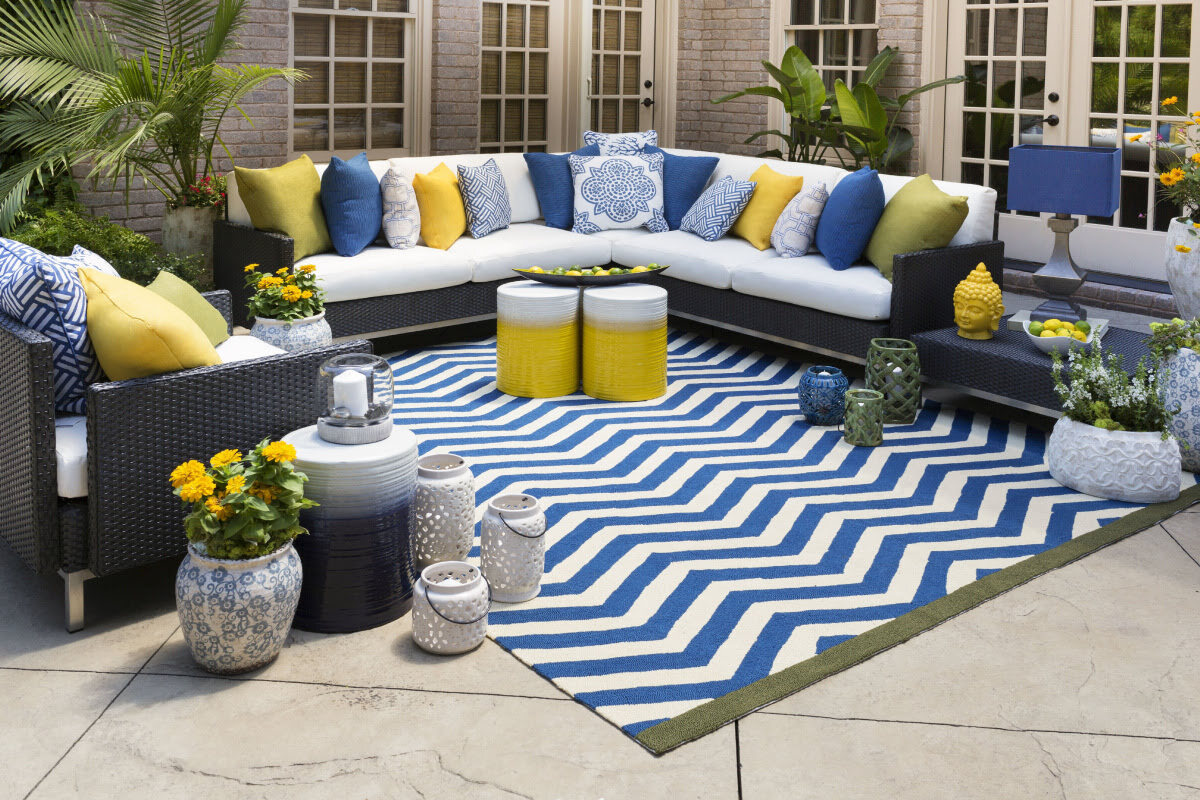
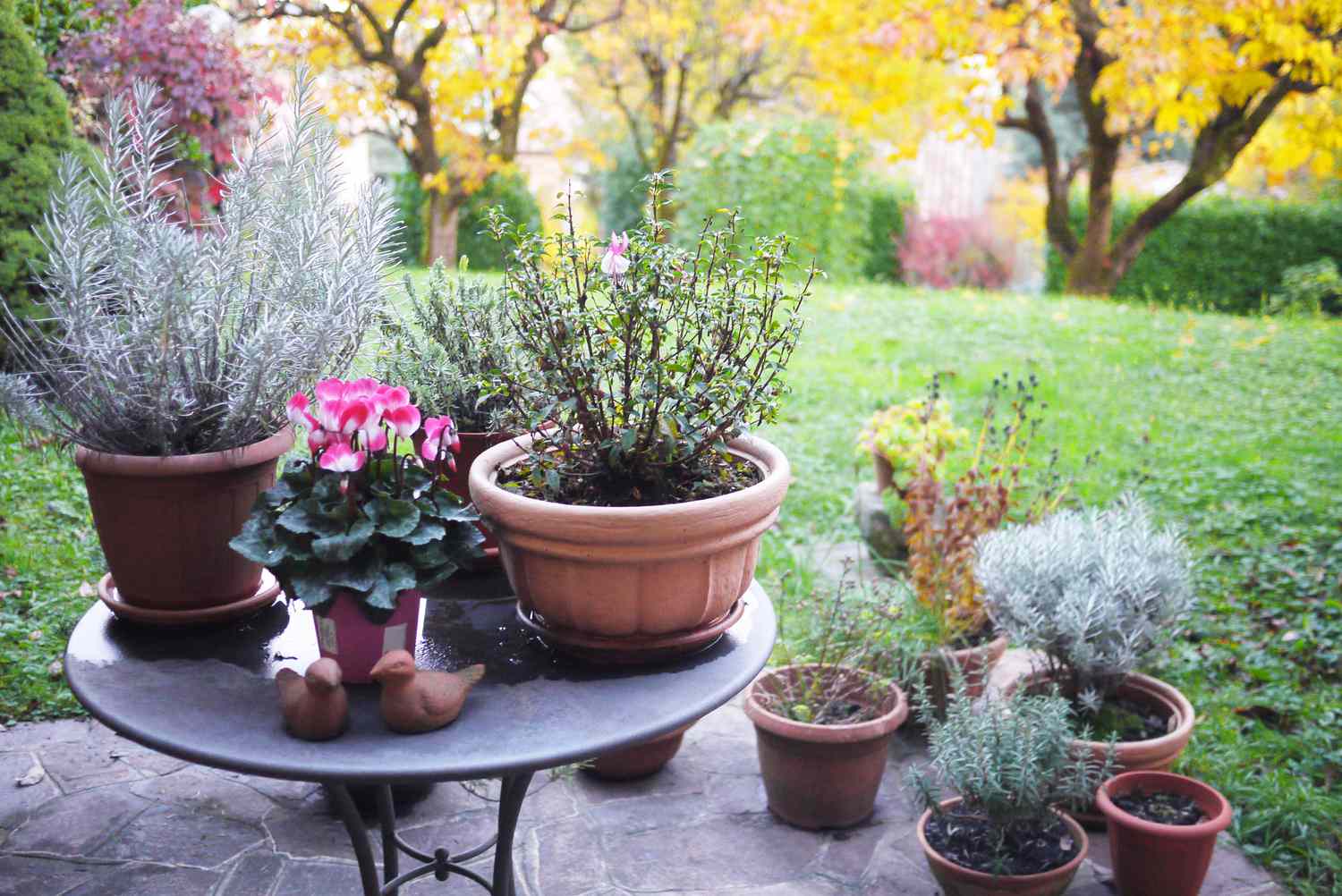
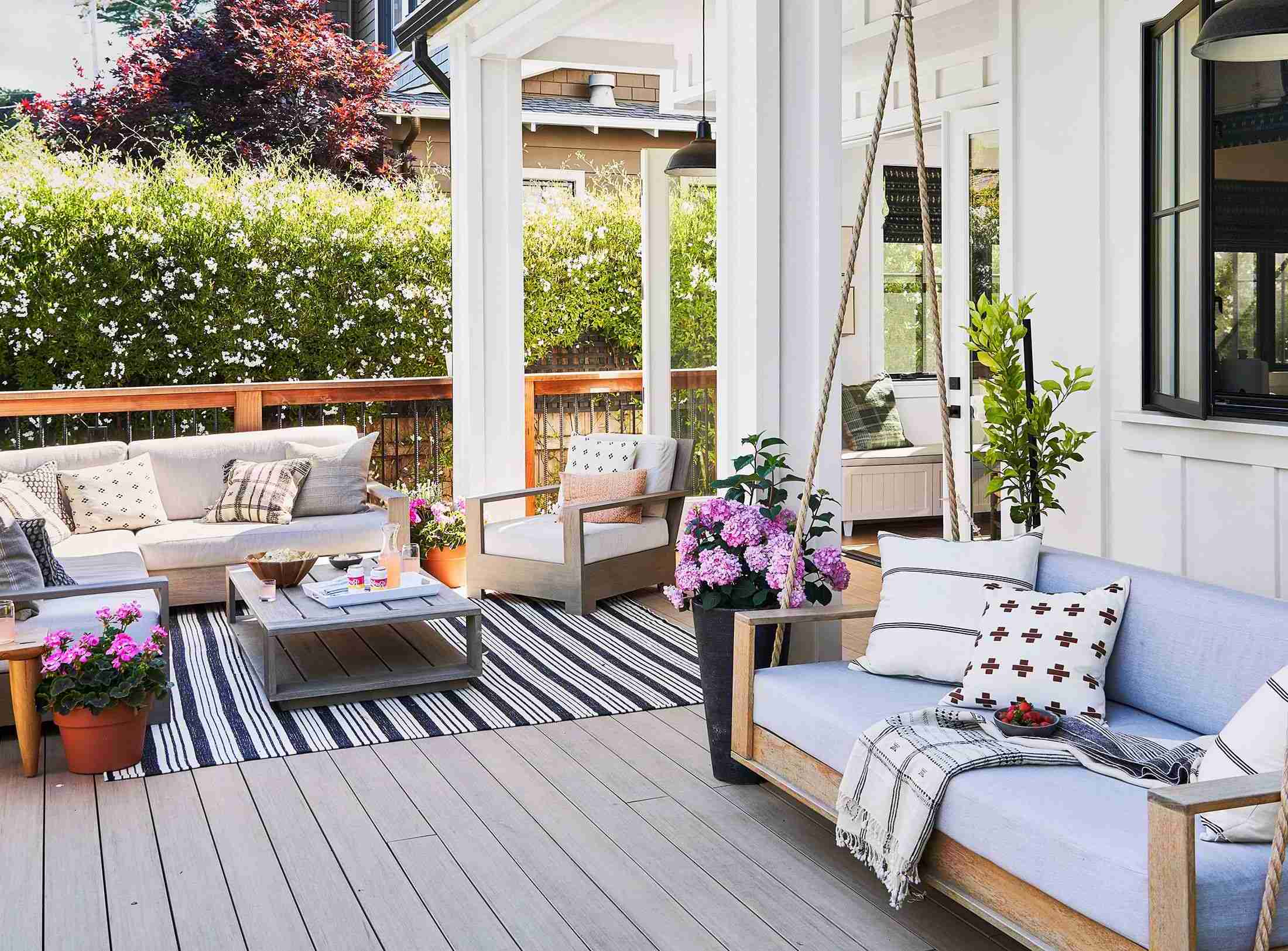
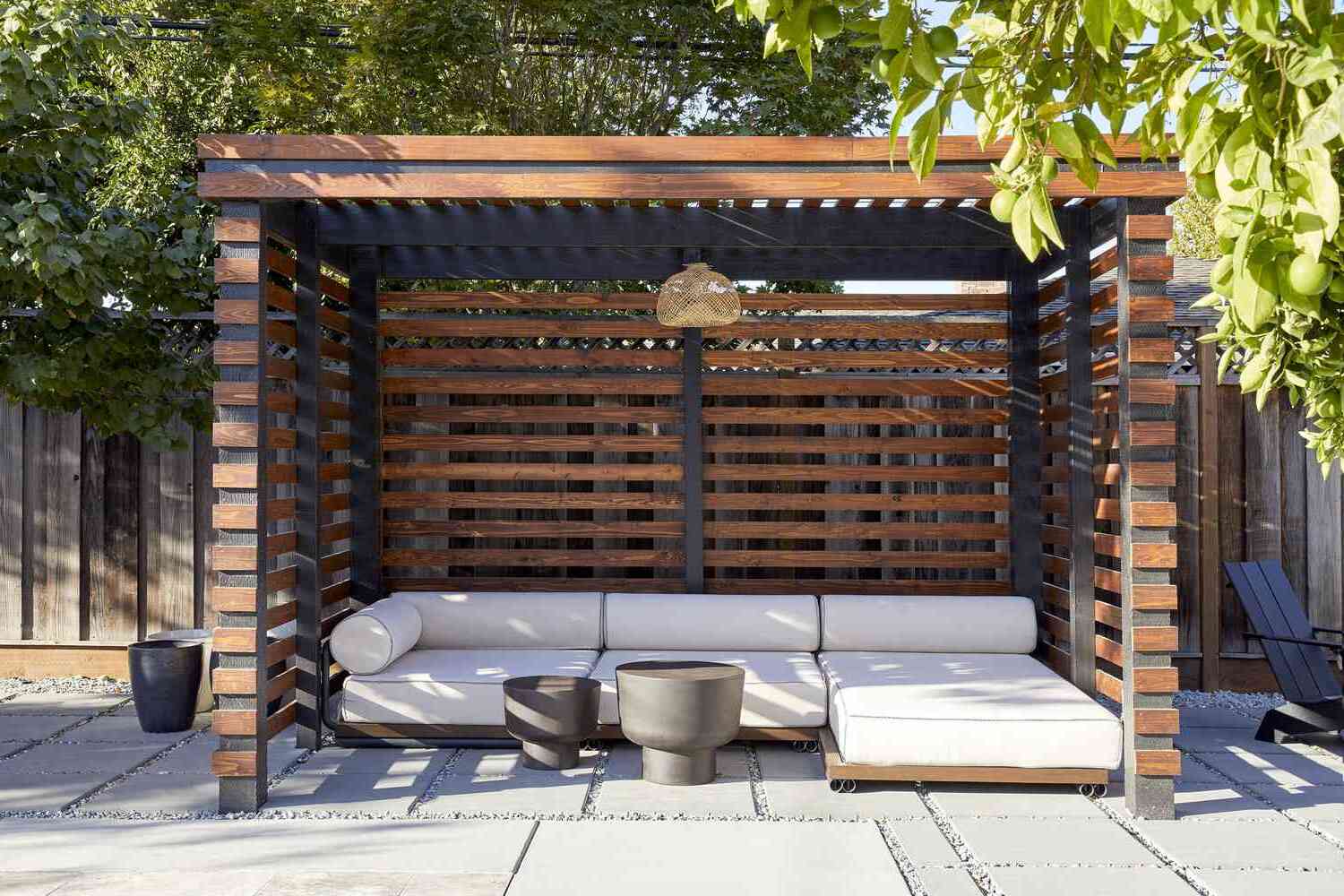
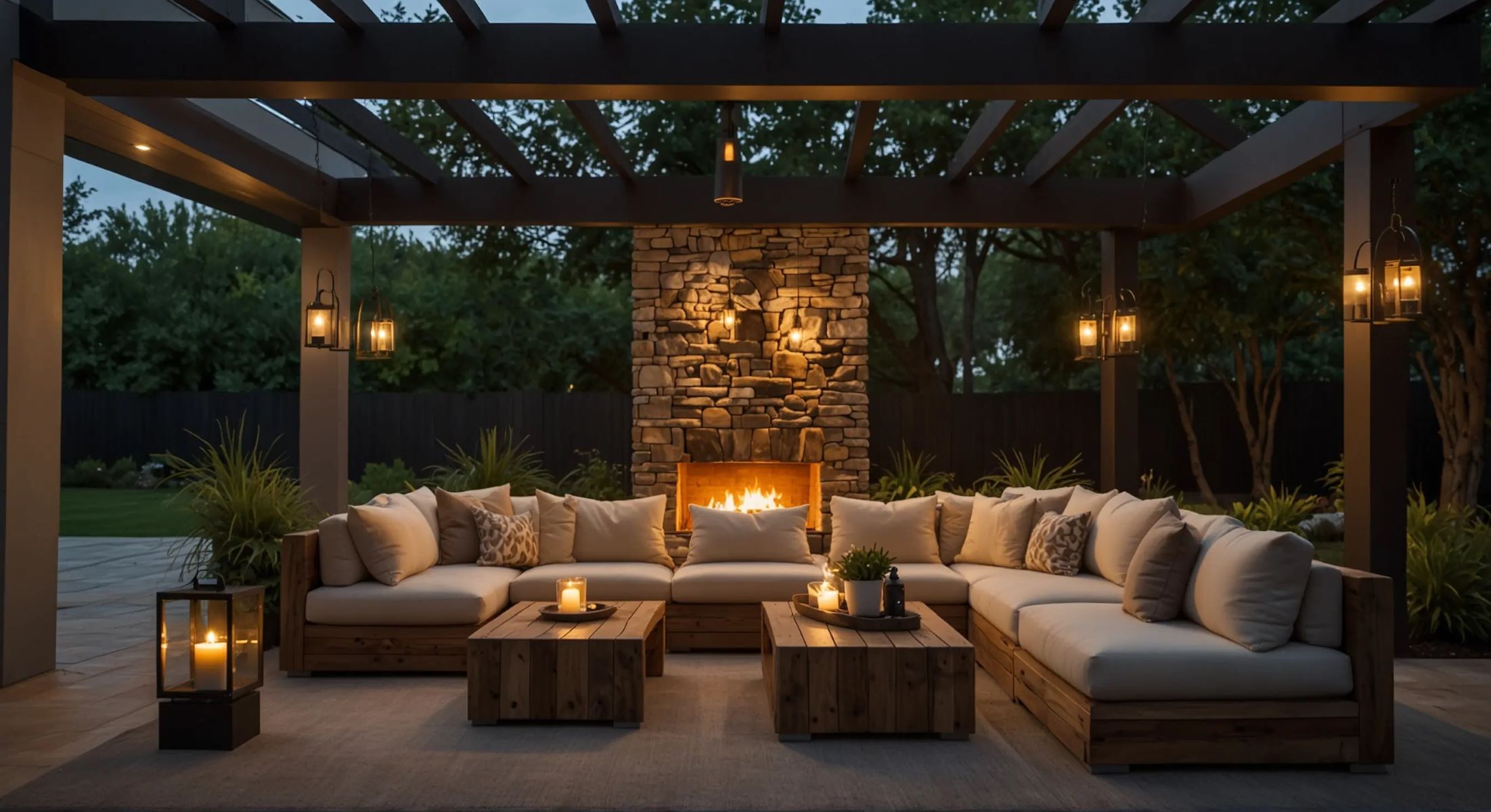
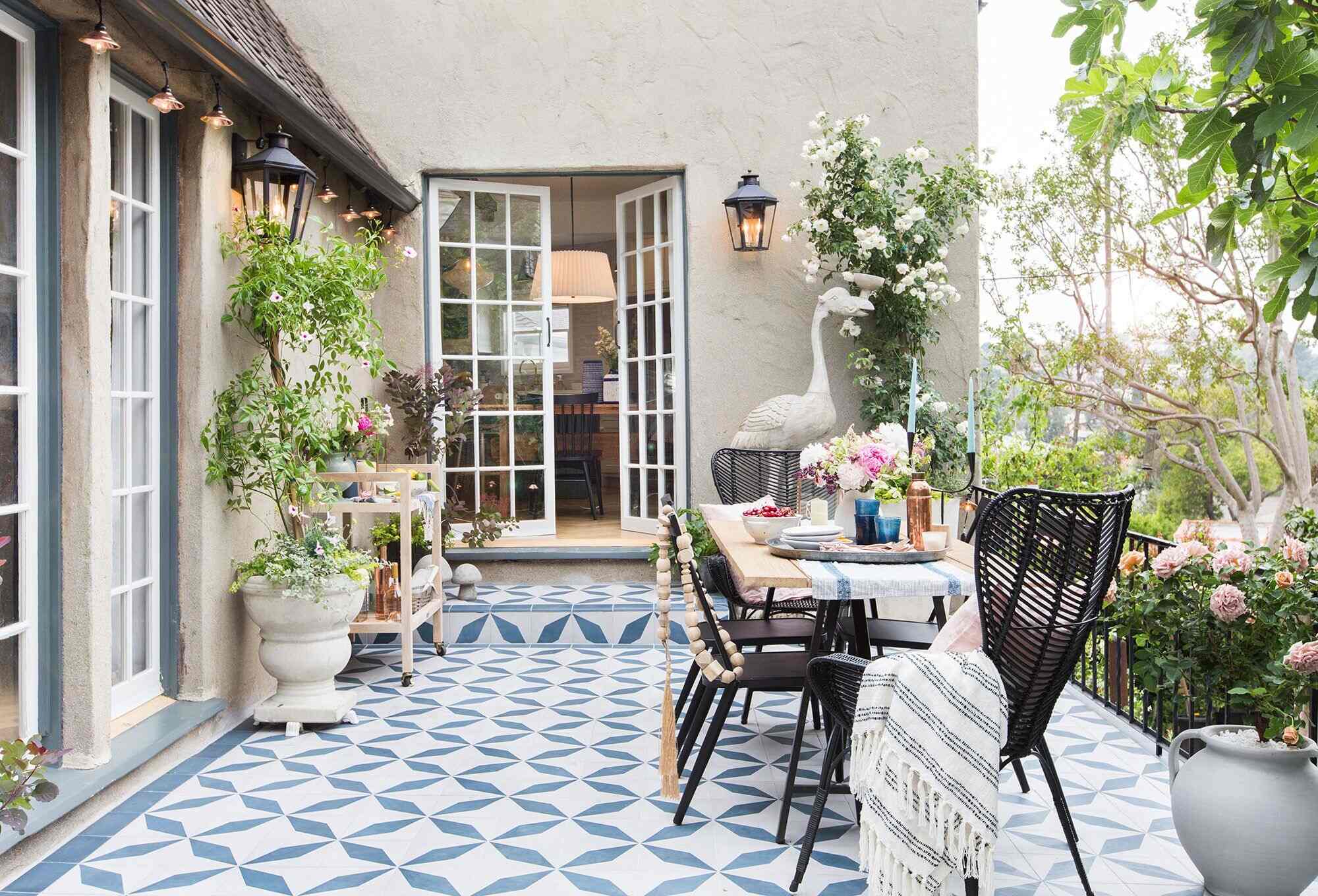
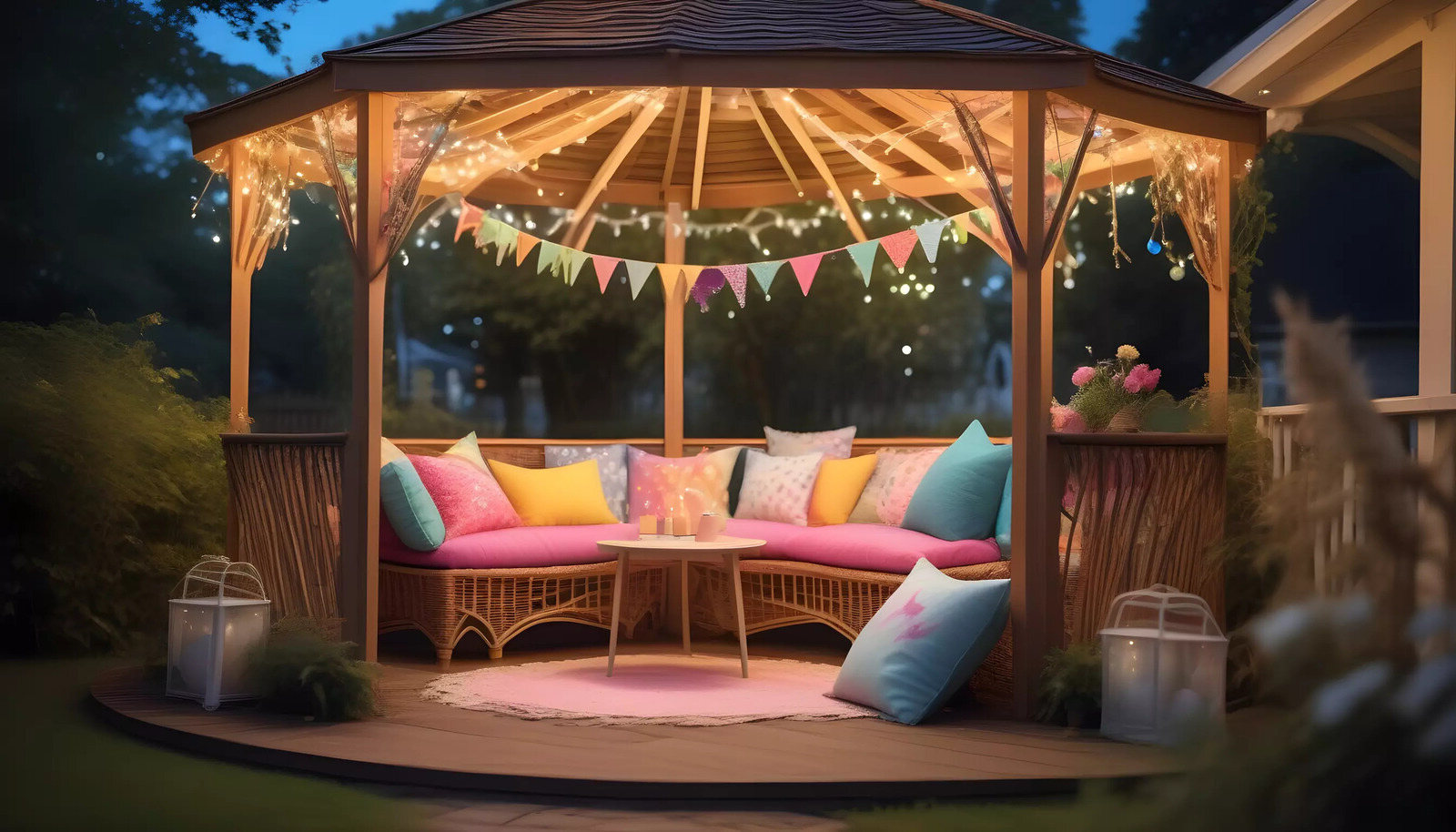
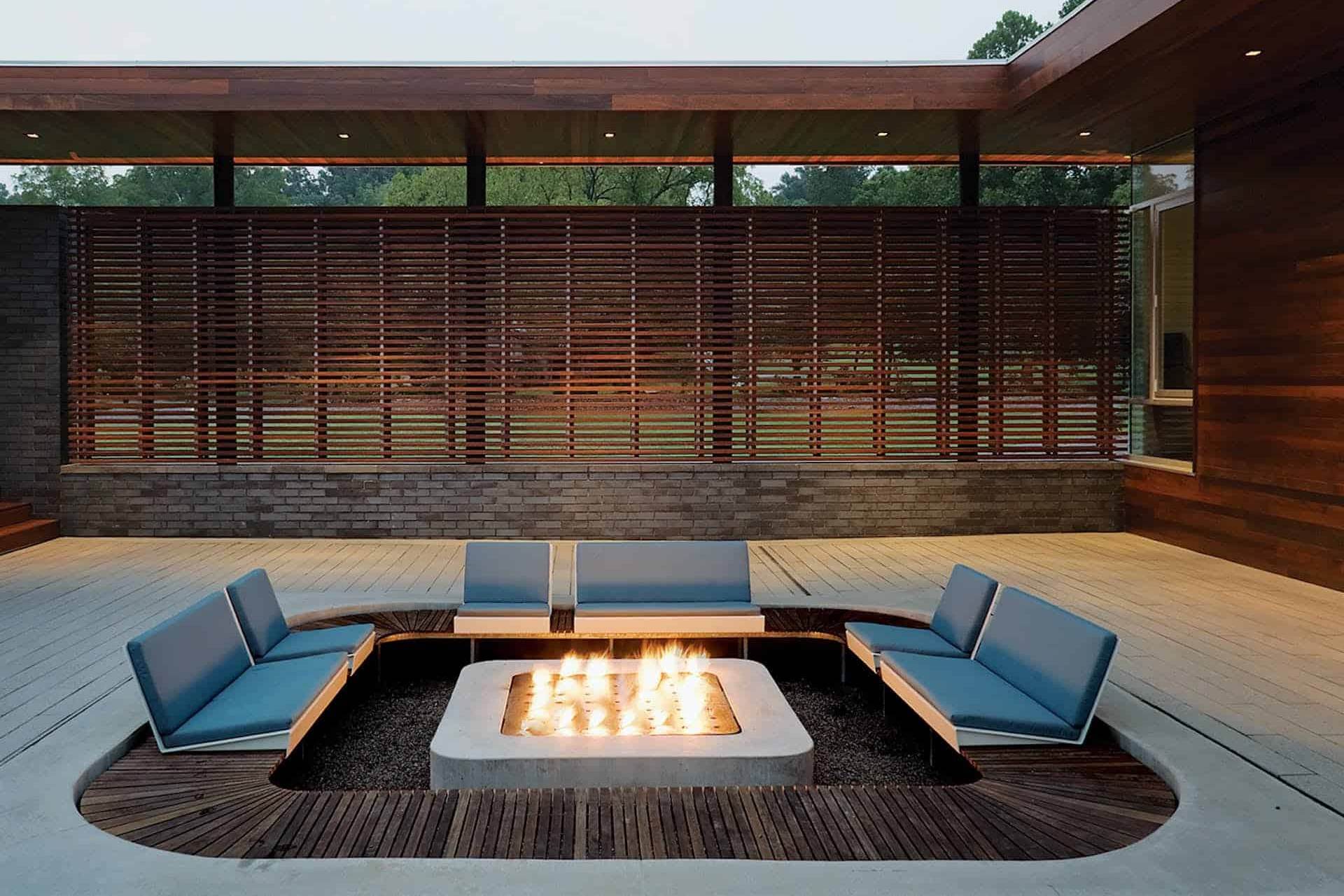
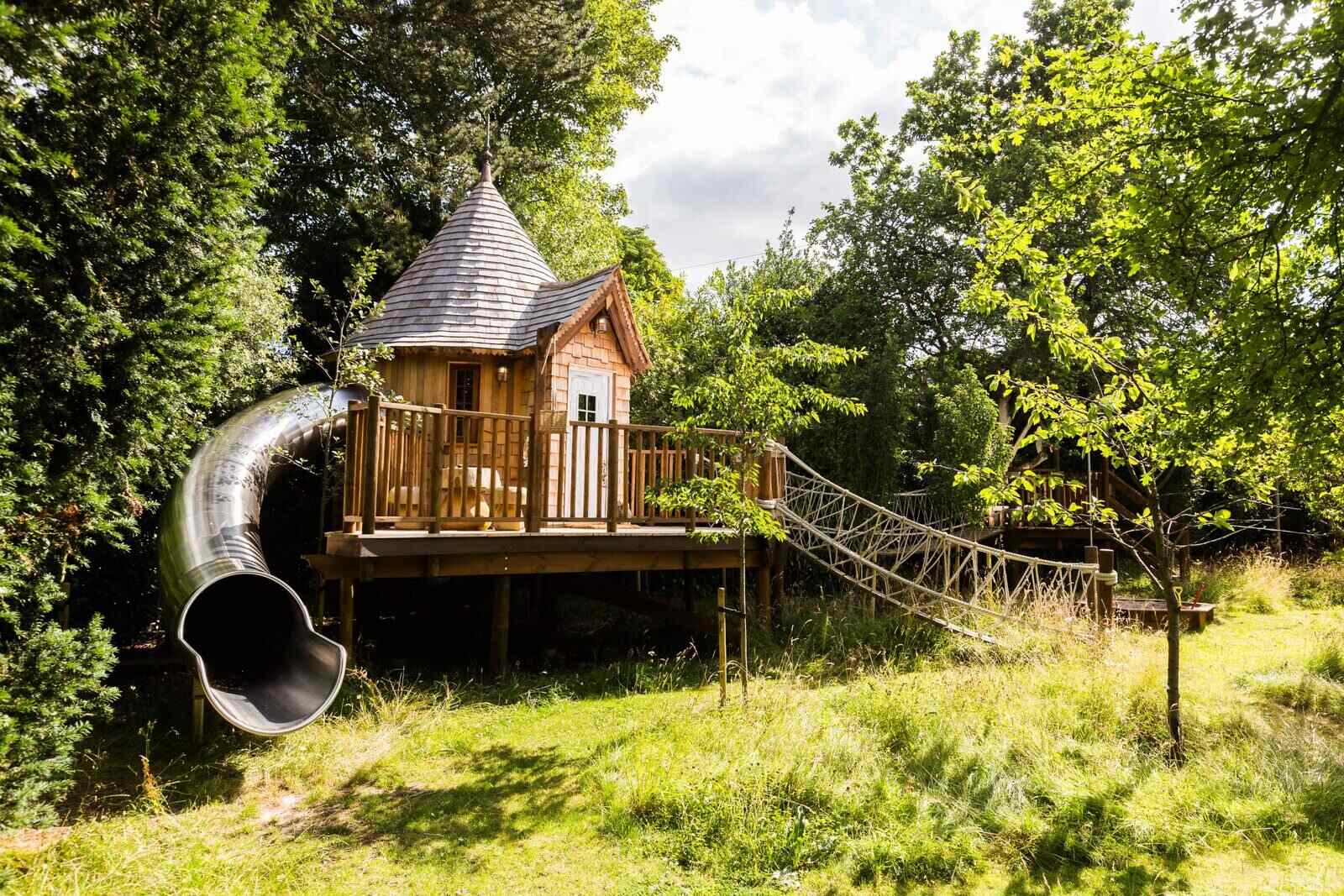
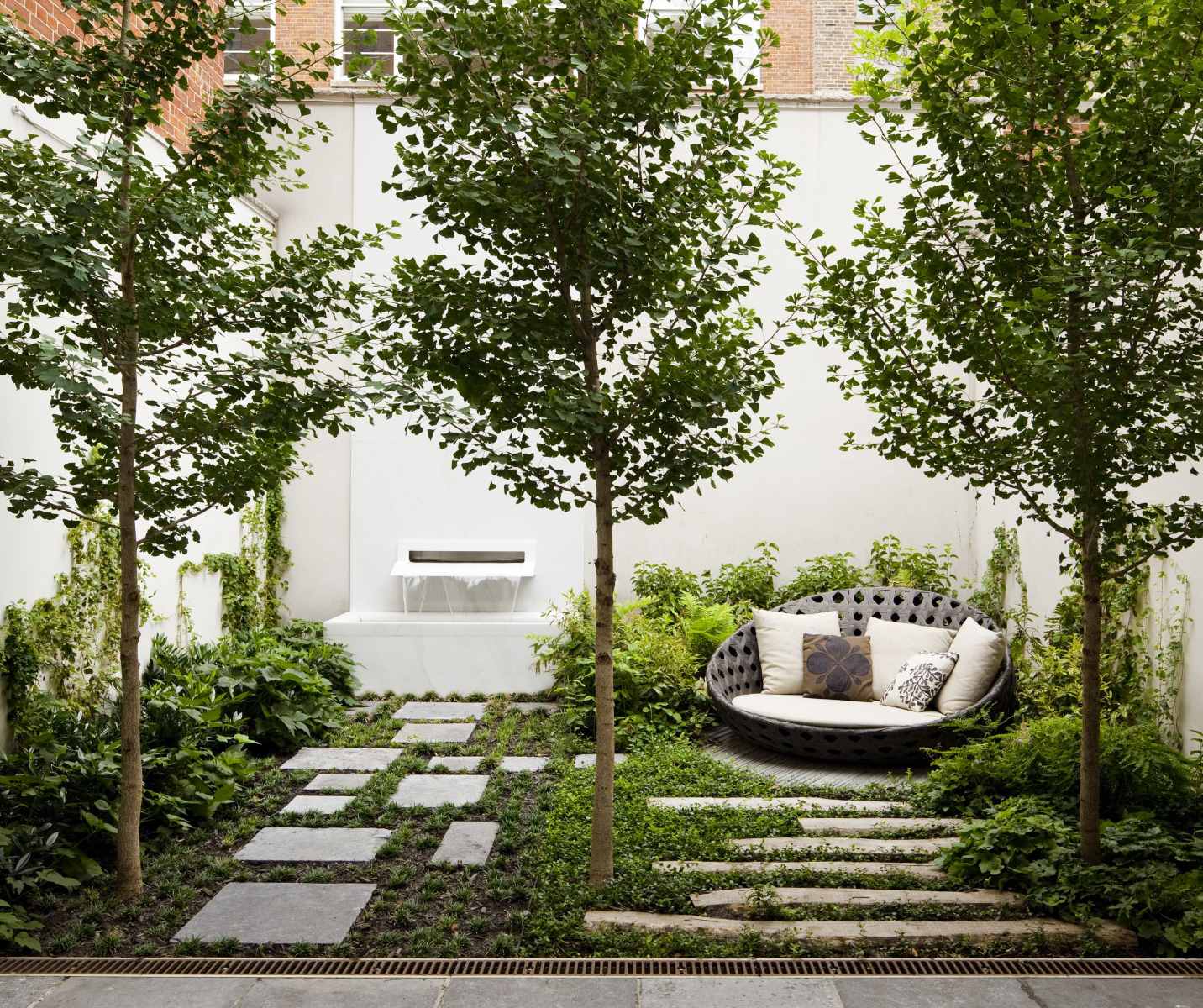
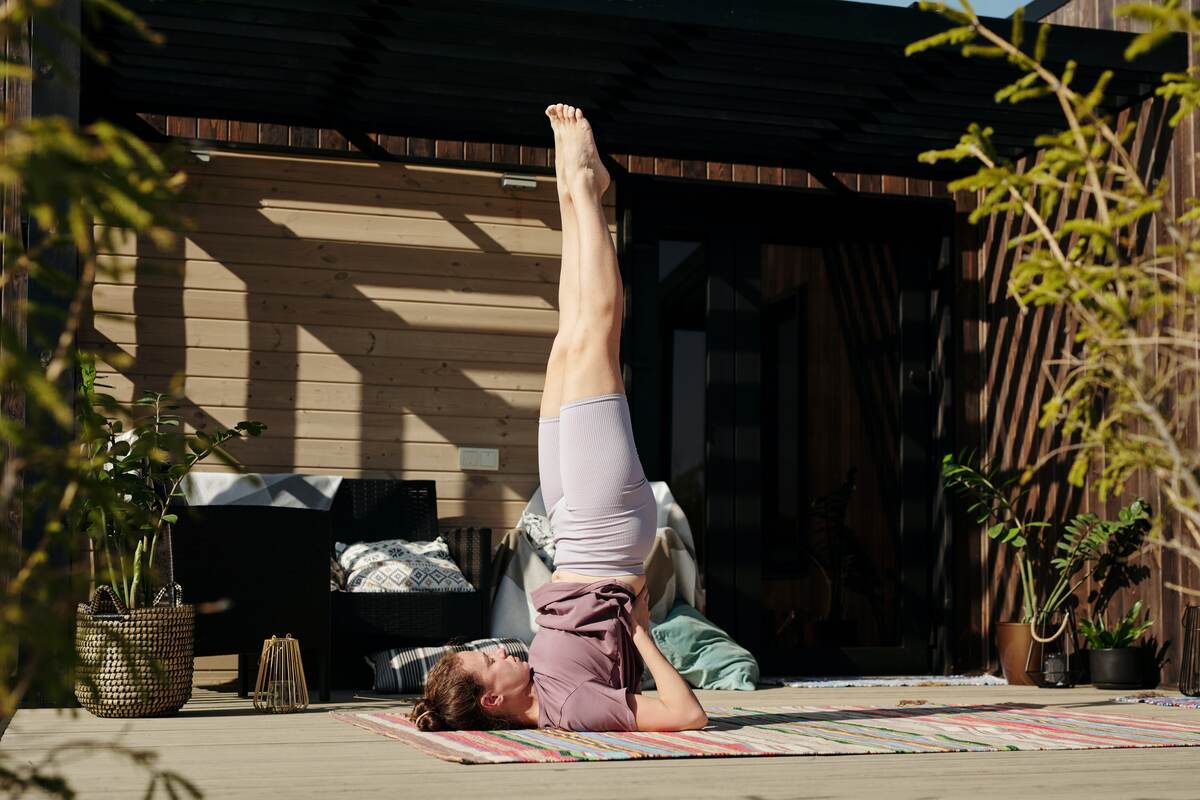
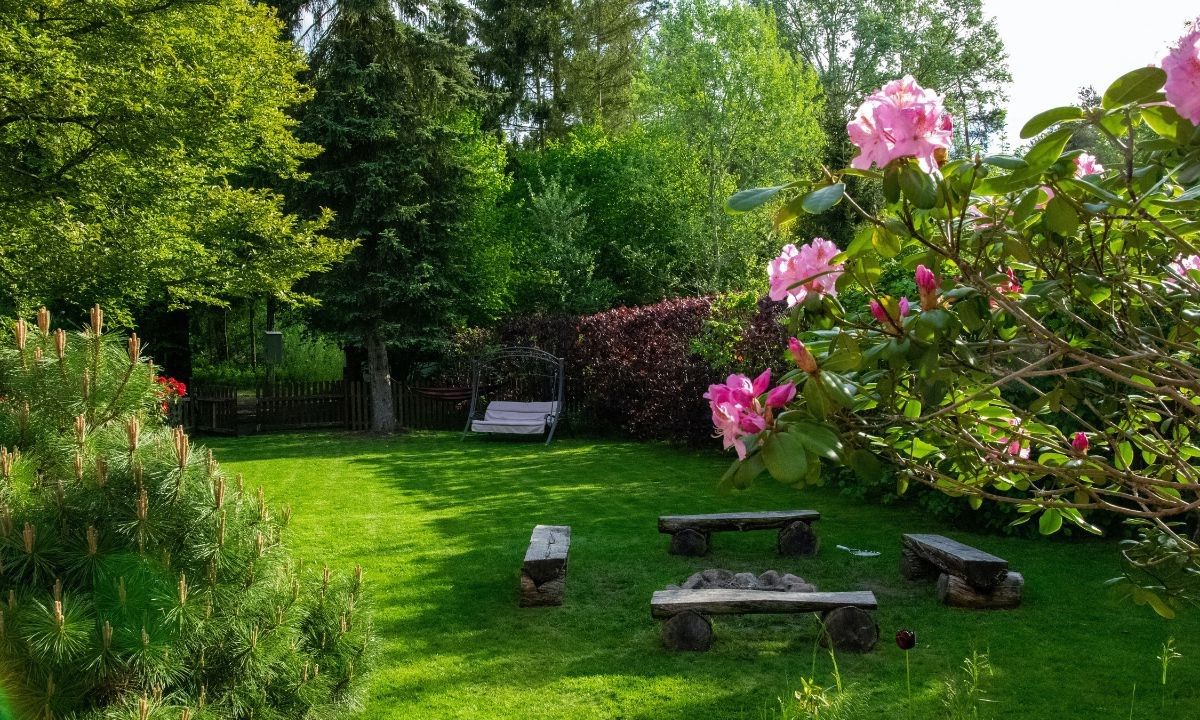


0 thoughts on “How To Create An Outdoor Classroom”